I spent the day working on an OpenGL application that will tessellate a mesh and apply a lens distortion. The goal is to be able to render wide angle shots for a variety of different lenses. So far I've got the shaders properly applying the distortion but I've been having issues controlling the tessellation the way I want to. Right now my Tessellation Control Shader just breaks a single triangle into a set number of smaller triangles, then I apply the lens distortion in in the Tessellation Evaluation Shader.
The problem I'm having with this approach is that when I have really large triangles in the scene, they tend to need more warping. This means they need to be tessellated more in order to ensure good looking results. Unfortunately, I can't compute the size of a triangle (in screen space) in the Vertex Shader or the Tessellation Control Shader, but I need to define the tessellation amount in the Tessellation Control shader.
My question is then, is there some way to get a hold of the entire primitive in OpenGL's programmable pipeline, compute some metrics about it, then use that information to control tessellation?
Here's some example images of the problem for clarity...

Figure 1 (Above): Each Red or Green Square was originally 2 triangles, this example looks good because the triangles were small.

Figure 2 (Above): Each Red or Green Region was originally 2 triangles, this example looks bad because the triangles were small.

Figure 3 (Above): Another example with small triangles but with a much, much larger grid. Notice how much things curve on the edges. Still looks good with tessellation level of 4.

Figure 4 (Above): Another example with large triangles, only showing center 4 columns because the image is unintelligible if more columns are present. This shows how very large triangles don't get tessellated well. If I set the tessellation really really high then this comes out nice. But then I'm performing a crazy amount of tessellation on smaller triangles too.